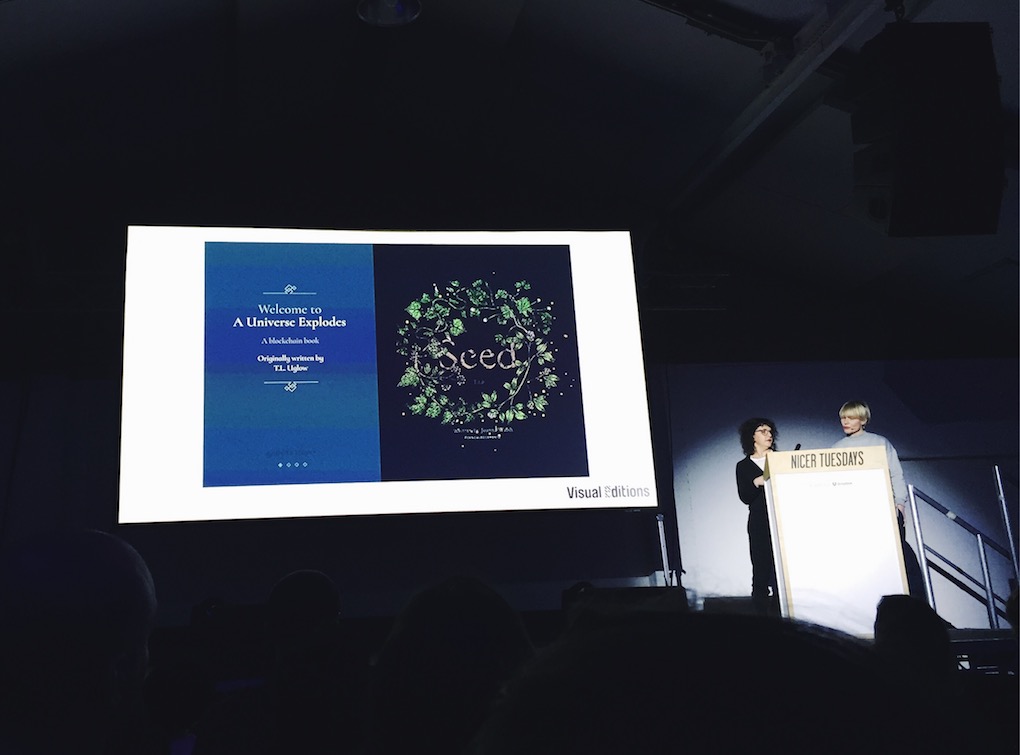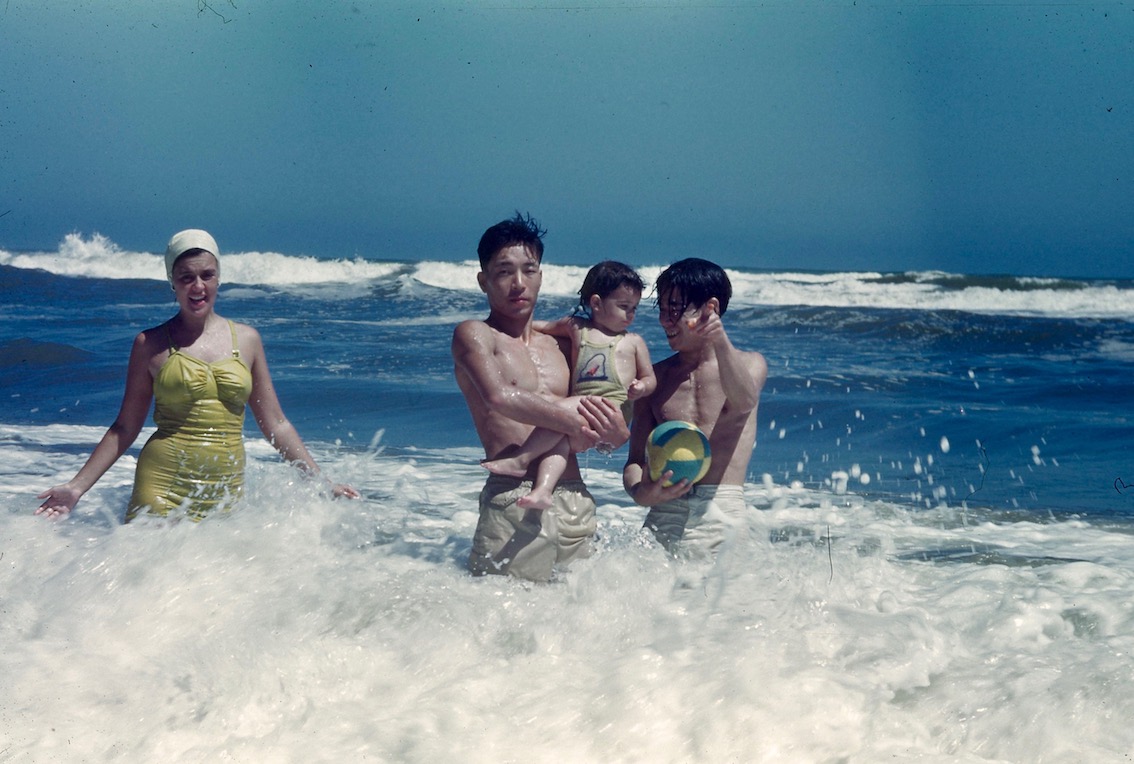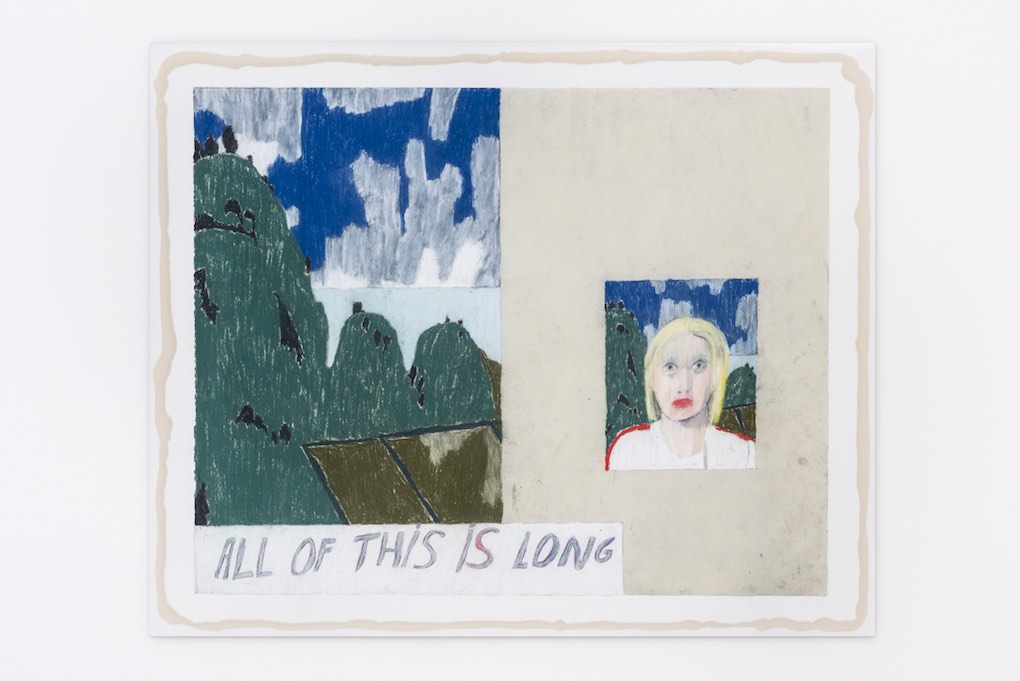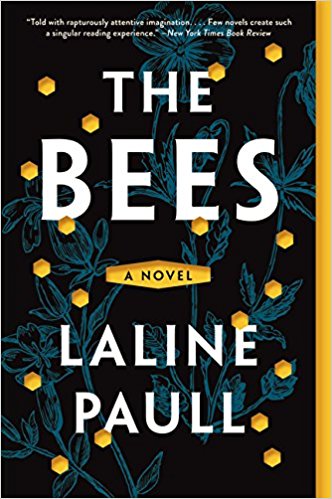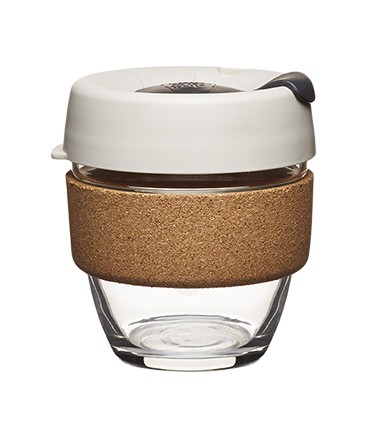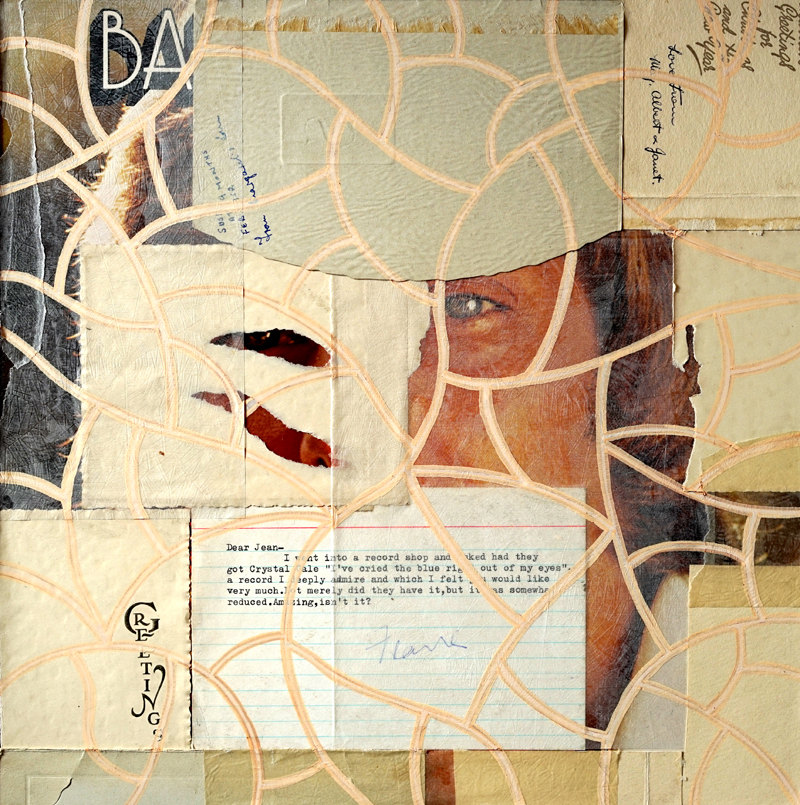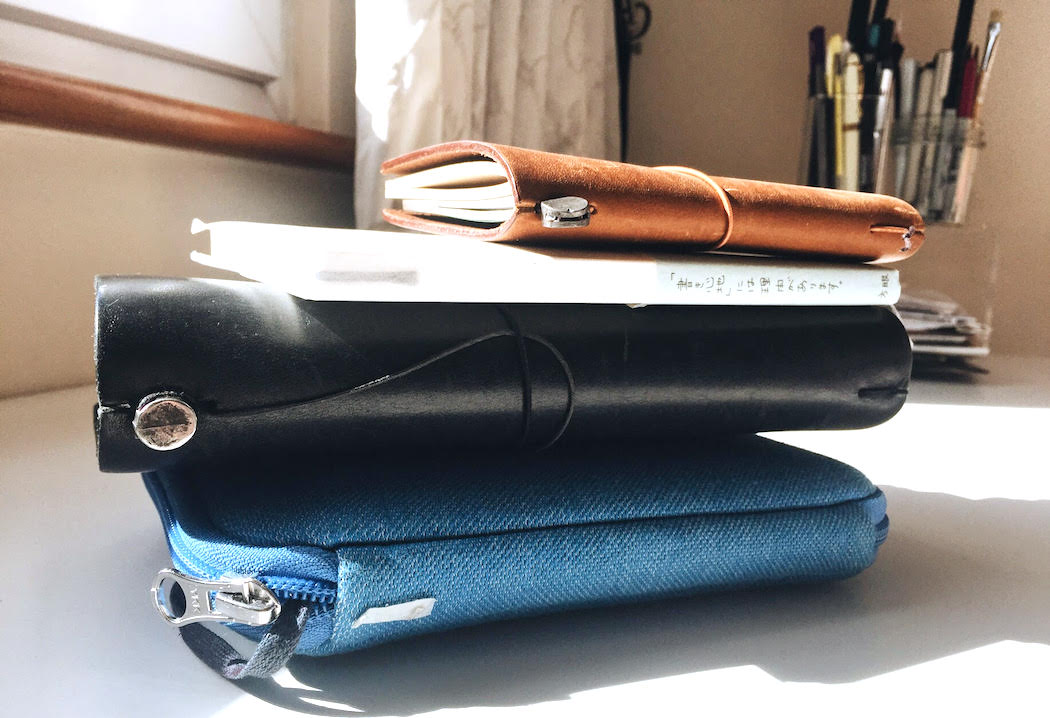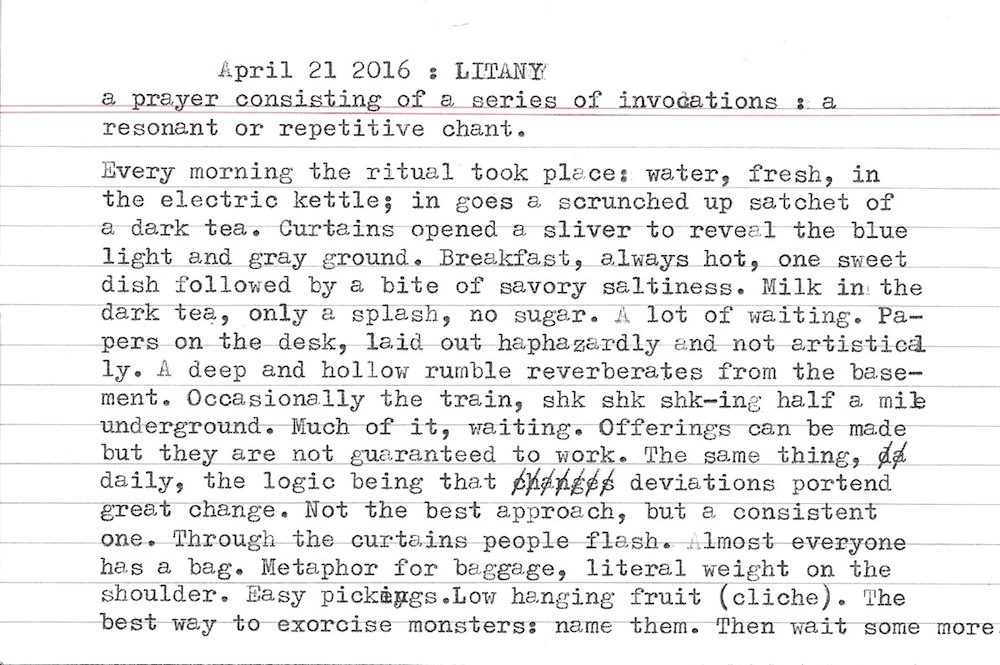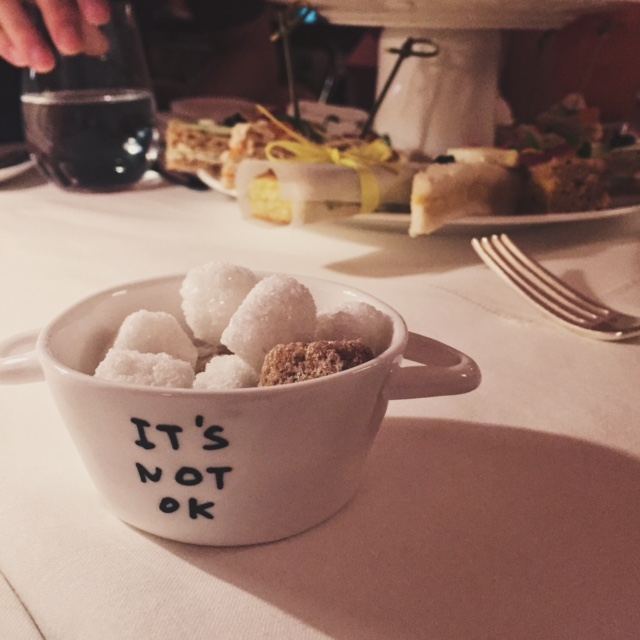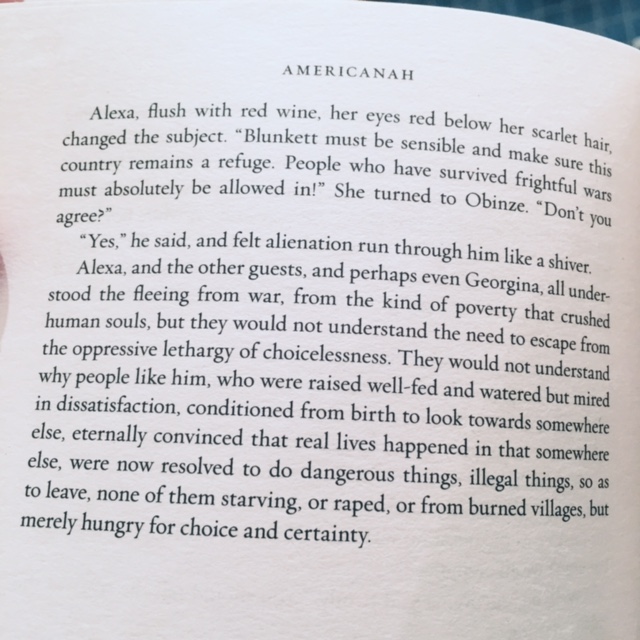Last week my friend Carina invited me as her plus-one to Nicer Tuesdays, a monthly creative talk hosted by design site It’s Nice That. Her invite came at a welcome time. I don’t do well in winter–and would hibernate straight through it if I could–but this one has been particularly challenging. My writing had hit a wall and I felt depleted of any motivation or inspiration. Besides, I wanted to learn more about this interactive ghost story she kept Tweeting about.
So, on a damp night in Bethnal Green, we dusted the mist off our coats and headed into Oval Space, which was bathed in purple and blue light. January’s speakers included:
- The Anonymous Project, an effort to collect and digitize old color slides from around the world, headed by British + French photography curators
- Visual Editions, a woman-led publisher specializing in experimental narratives
- Marie Jacotey, a French artist who showcased her melancholic, intimate illustrations
- I Saw John First, a Norwegian animator with a surreal, frenetic style
Everyone spoke for ten minutes or so about their latest projects and creative processes. Ten minutes isn’t a lot of time, so my impressions of their work may be fairly rudimentary. Nicer Tuesdays seems to serve more as a taster, a gateway into different mediums and disciplines that I otherwise would have never heard about.
The past year and half have been rather isolating, which is perhaps why I gravitated towards the projects that emphasized connection, or a desire/need to connect. The color slides archived by The Anonymous Project reflect the time period from the late 50s onward when color photography first became affordable to the masses, and everyday life was captured in full color. Thanks to Instagram filters and the cyclical nature of fashion, the photographs seem both contemporary and historical. A fine patina of dust and microscopic particles over the slides, preserved forever during the digitization process, indicate their age.
The curators say that the digitized slides not only preserve an era that would otherwise be lost (as the slides degrade over time), but remind us of our shared humanity. I hope they’ll eventually find access to more slides from around the world, to better represent this goal.
I also enjoyed Marie Jacotey’s pieces. They felt intimate and contemplative, a controlled path of emotion running through stark landscapes and succinct messages. Jacotey’s pieces feel like visual messages to a specific subject, hence the intimacy. Last year she collaborated with poet Rachael Allen. Allen wrote poems based on some of Jacotey’s old illustrations, which inspired Jacotey to make new illustrations based on the poems, resulting a positive feedback loop of creativity.
Finally, in a highly entertaining presentation, I Saw John First shared his process of animating a music video for indie artist Mr. Jukes. John talked about his influences: mythology, monsters and mythology, and Miyazaki. The swirling cauldron of reference material had to be remolded in six months into a four-minute video, with every second of snare and sax measured out and animated in an eerie, trippy fashion.
I truly enjoyed Nicer Tuesdays because I think I will always be more interested in processes than the end result–or rather, knowing the theories and experiments and methods someone used to make something gives me a greater appreciation for the final piece.
On the other hand, attending Nicer Tuesdays felt like the equivalent of stepping on the scale and realizing I’d gained five pounds out of nowhere (which has also happened). Except instead of pounds, it’s clickbait articles and similar detritus circulating through Twitter and Facebook like stale air. It was a little wake-up call to my own lack of curiosity and creative stagnation (but also the algorithms are winning, nooo)! I need to be more active in seeking inspiration, and in learning from others across creative disciplines.
Haven’t touched much on Visual Editions, but what they do looks very cool, and they’ve sparked some thoughts about digital publishing and the nature of a book. I tried reading Breathe on my phone during their talk but it a) didn’t completely work with IOS 8–I know, I need to update–and b) started to get kind of scary! I want to research their work a little more and maybe make another post on them in the future.
Thanks again, Carina!

